Deciphering bio-mechanical drivers of morphological diversity in early animal development
The development of an embryo occurs through the succession of timely orchestrated processes. Early-occurring mechanisms are critical in laying the foundations for all downstream developmental events, which progressively define the morphology of the animal that should fit with its environment. How from initially similar shapes are formed the huge diversity of body plans we can observe in the animal kingdom remains largely a black box. With their simple body structure and symmetry, cnidarians (sea anemones, corals, jellyfish) have emerged as a great model system to study the evolution of morphogenesis. Throughout development, the embryos lose their sphericity and transform into swimming larvae as they elongate along their axis of symmetry. The shapes of the larvae that result from this elongation process vary drastically between cnidarian species. In this talk, I will compare the transitions in shape, cell mechanics, and gene expression that occur during larval morphogenesis between two sea anemone species. Using a theoretical framework based on the continuum theory of active surfaces, I will reproduce shared and varying attributes of elongation dynamics between both species, and discuss from models predictions what early genetic and physical parameters drive shape changes in these animals.











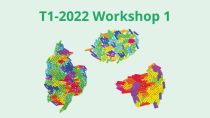
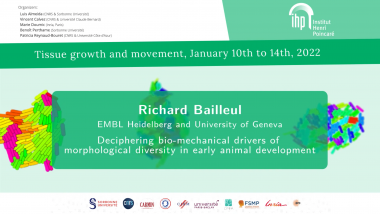
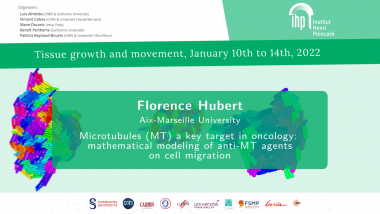
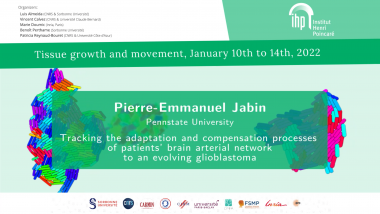
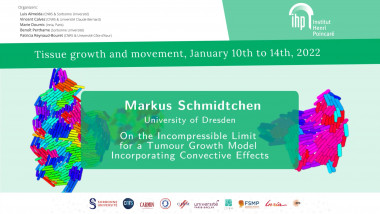
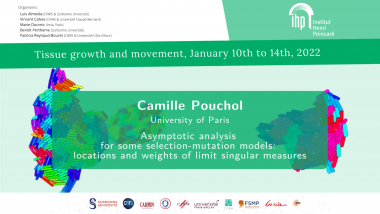
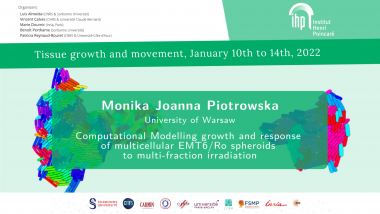
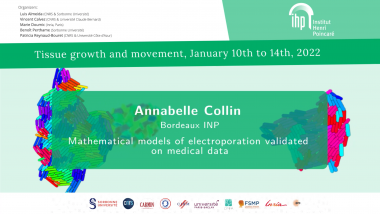
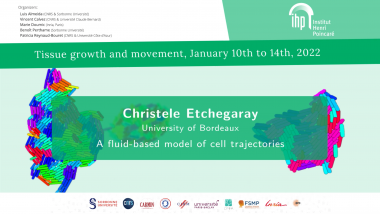
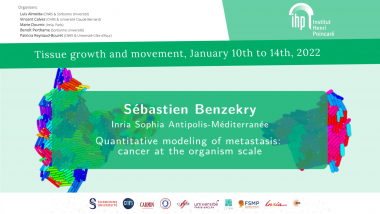
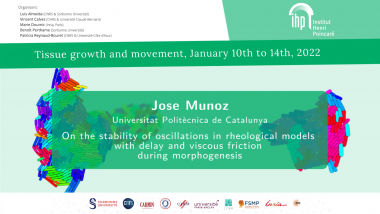
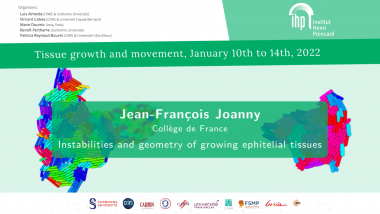
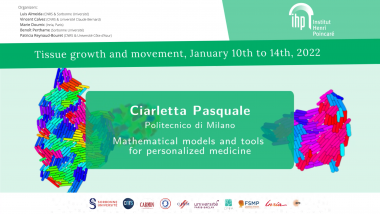
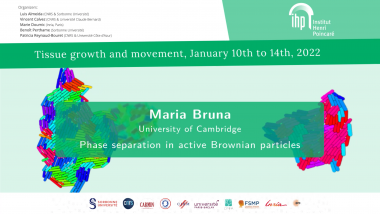
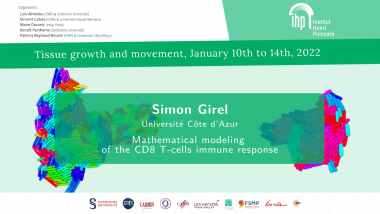
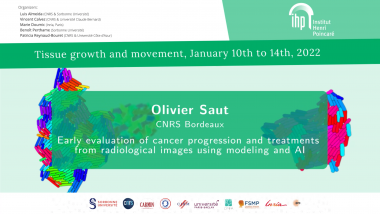
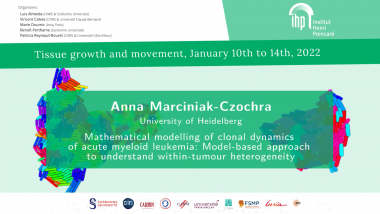
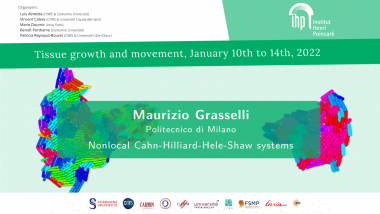
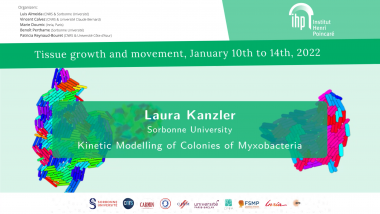
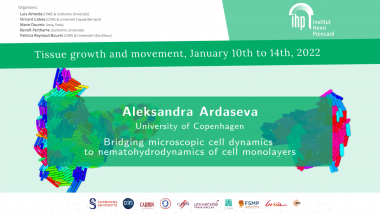
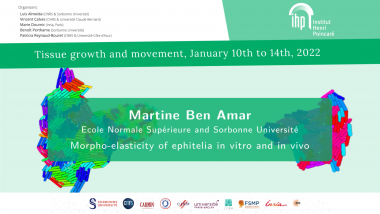
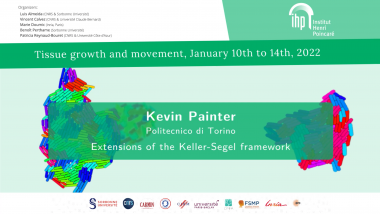
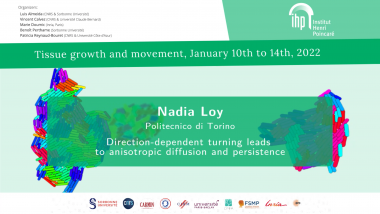
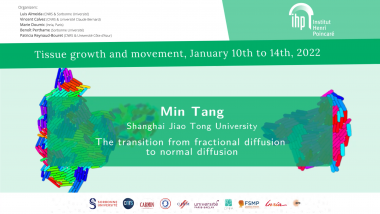
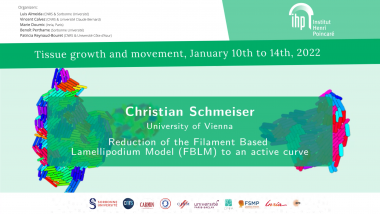
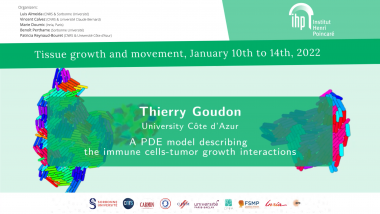
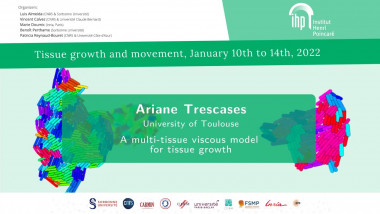
![[1245] Model theory, differential algebra and functional transcendence](/media/cache/video_light/uploads/video/SeminaireBourbaki.jpg)
